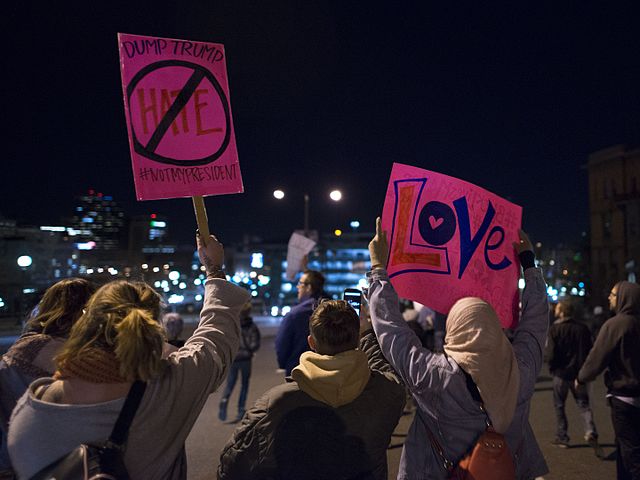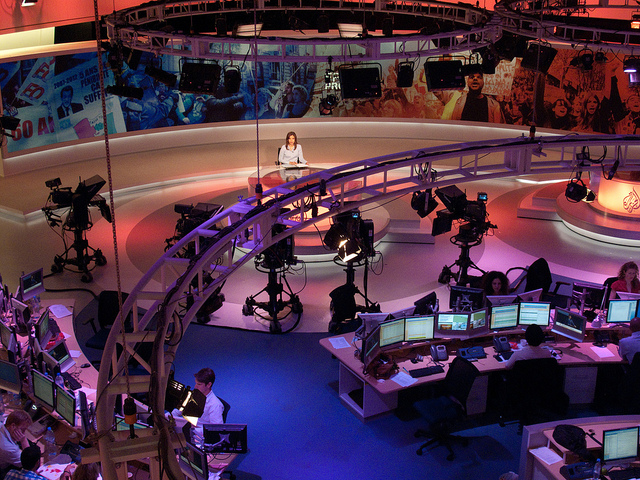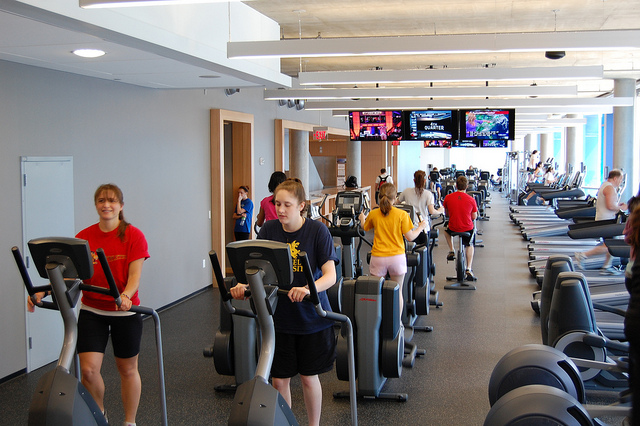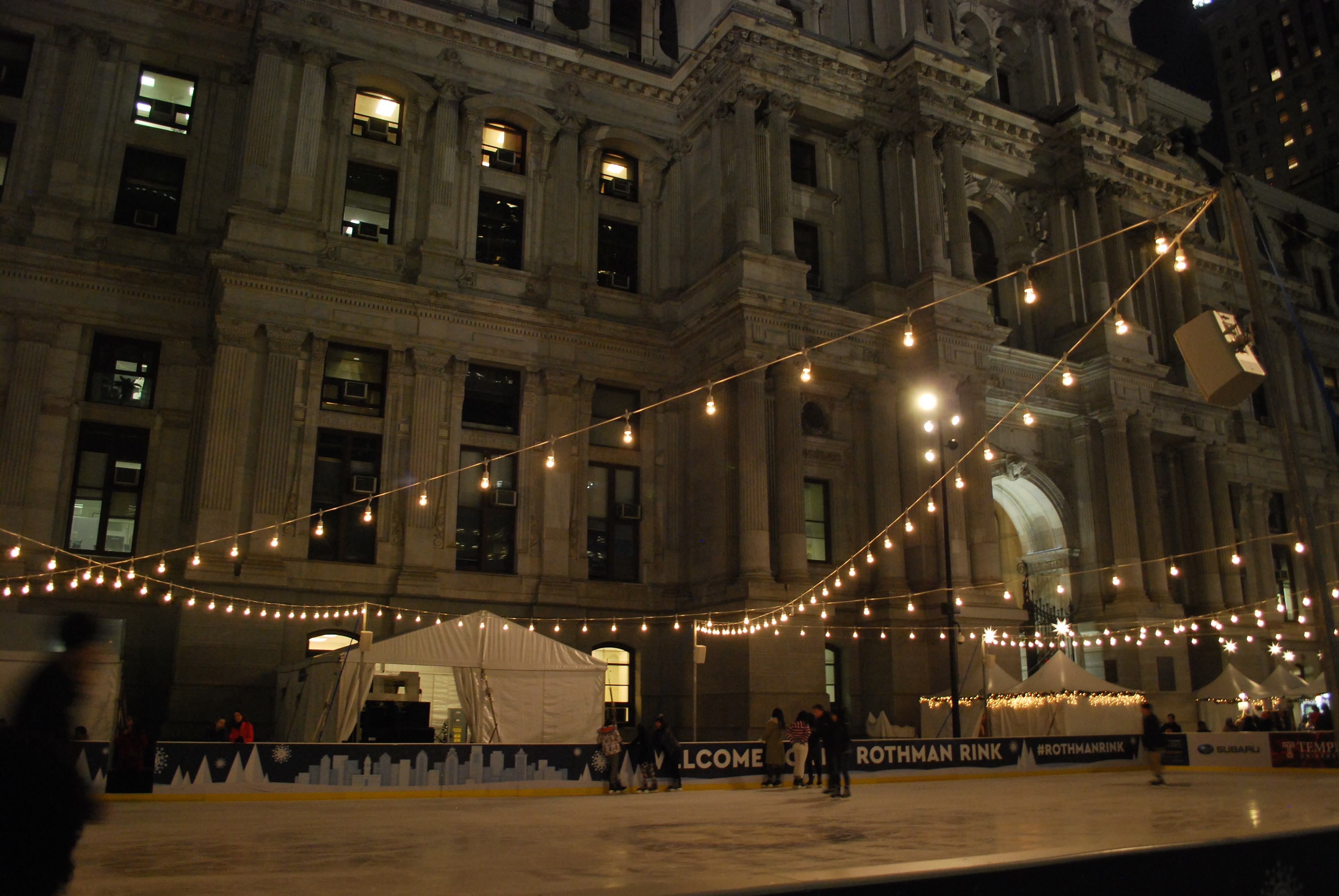Posted on 02 December 2016.
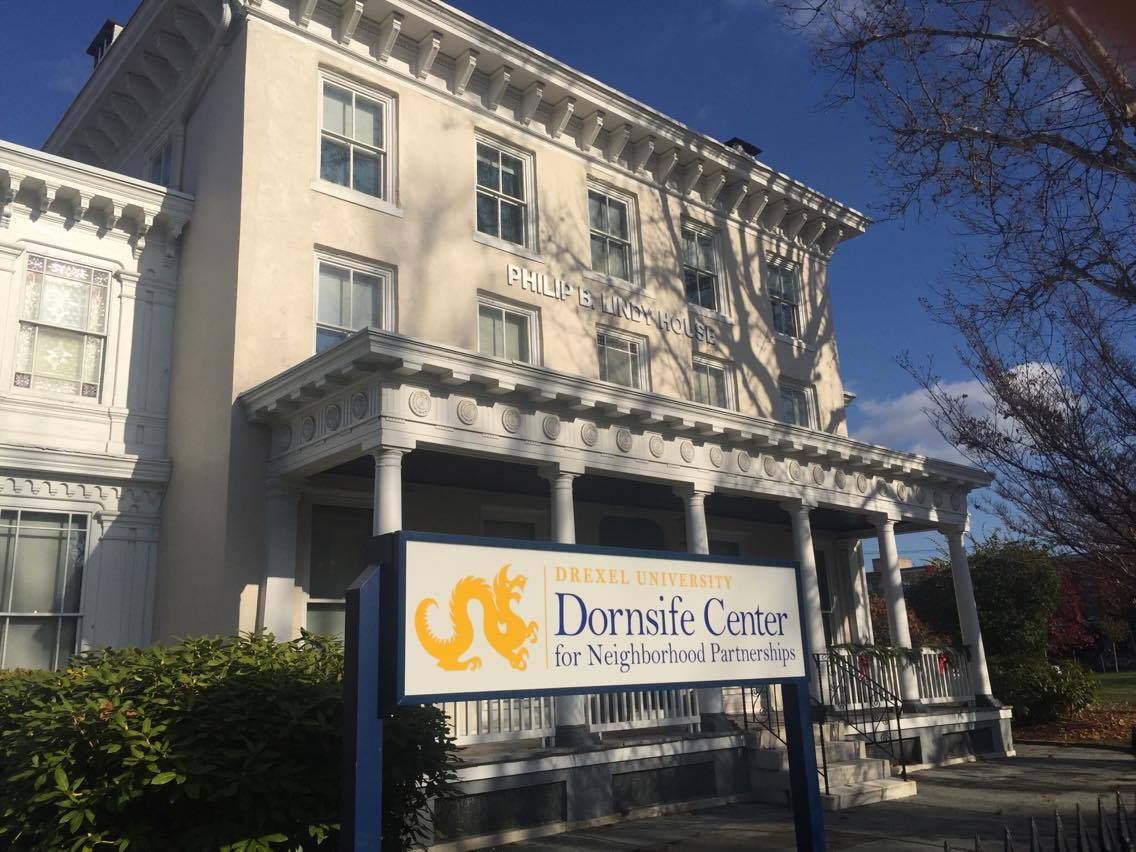
The Triangle: Armon Owlia
I can remember, in September of this year, running along the streets of Center City Philadelphia for the very first time.
The colors were bright and vibrant, the street art captivating and the general cleanliness of the city phenomenal. I had not visited the city often before moving back to the United States a few months prior, so I was glad to have been able to explore the city that I would be calling home.
At the time, I thought Philadelphia was a low-poverty area, but it would be a great city to live in.
My perspective of the city changed when I began volunteering in Philadelphia’s Promise Zone, located in an area around 34th Street and Powelton Avenue.
A Promise Zone, coined by President Barack Obama in January 2014, is an area home to some of the most financially insecure people within the United States.
Here, the street art was still on the buildings, but the atmosphere felt completely different.
Broken windows made me feel very uneasy, and the streets were quiet and noiseless, contrasting heavily from the hustle and bustle of Central Philadelphia.
When I got hungry, I decided to stop into a grocery store in order to grab a piece of fruit, but when I looked around, there was no fresh produce. I could only find canned fruit and sugary beverages.
I could only locate one library within that area, and even worse, there was no health care center — no hospitals, no clinics.
When I asked someone about where the nearest hospital or clinic was, the response was a non-hesitant, “Go to Drexel.”
I never could have imagined that I was in the same city, but as I later learned, this is unfortunately a very common scenario not only across the entire United States, but also internationally.
At the time the first promise zones were established, the economy had produced a total of 8 million jobs since the economic recession with unemployment at 6.6 percent, a major improvement from the 7.8 percent when Obama first took office in 2009.
However, President Obama noticed that even though the economic adjustments had helped the majority of Americans, there were still those deep within the poverty cycle who remained unaffected.
The Promise Zones were Obama’s call to action. They set goals of assisting those in poverty to gain better access to health care, jobs and education, regardless of age or race.
Part of the reason that the unemployment rate has decreased is because of the economic benefits of the Promise Zones.
Creating new jobs guaranteed to Promise Zone residents in the form of tax incentives, means that businesses can not only benefit from hiring Promise Zone residents, but can also help decrease unemployment.
Even with no hospital, many within the Promise Zone are now insured thanks to the Affordable Care Act, also known as Obamacare, a system that makes healthcare more affordable to those who could previously not afford it. In fact, since its inception, the amount of uninsured Americans has decreased by 7.1 percent.
Sadly, even with the insurance, a lack of basic necessities such as fresh fruit and vegetables have caused major health problems like diabetes. The United States’ health care system is highly reactionary rather than preventative.
The public schools have also slowly begun to encourage more students to go to colleges, with federal officials reporting that 1,063 high school students are now preparing for transitions into college and careers outside of the Promise Zone.
The schools, however, are still highly dangerous with massive violence and are forced to make do with what they can, due to insufficient funds by the state government, often resulting in the shutdown of these schools.
In short, even with the federal assistance, the situation hasn’t really gotten much better, so how could it possibly get any worse?
Electing Donald Trump as the 45th President is a good place to start.
Trump’s campaign promises, which included defunding Planned Parenthood, strengthening the military, bringing back jobs from China and allowing the concealed carrying of weapons across America, even in schools, only contributes to the problem.
Without Planned Parenthood, less people will have access to health care and could potentially cause more people to end up dying, rather than receiving the medical attention which is desperately needed.
Strengthening the military could mean potentially diverting funds from the Promise Zones, meaning that those who had more money prior to the introduction of Trump’s administration would now be the ones to suffer.
With the influx of jobs from countries such as China and Mexico, it would make products more expensive, throwing even more people into poverty and potentially driving up the unemployment rate further than the second Bush administration.
Finally, allowing concealed weapons, especially in areas riddled with violence, would increase the chances of a mass shooting on par with Columbine, causing more death and less encouragement to go to school for fear of safety.
Not only would it be unsafe for the students, but it would also be unsafe for the teachers, who would not want to be in an area in which the threat of death is constant, thus creating a poor quality of education.
In the end, all of these campaign promises would not help these people, but would completely and utterly harm them.
In addition, his cabinet is full of people who shouldn’t even be 10 feet near the White House. For example, new Chief Strategist and Senior Counselor Stephen Bannon, who has been long seen as a racist and sexist xenophobe.
Secretary of Education Betsy DeVos believes in the shutdown of public schools in favor of education vouchers, which would limit the amount of students who would actually enroll in schools.
The icing on the cake, however, is that Trump’s current pick to be the next Secretary of Housing and Urban Development is former Republican candidate Dr. Ben Carson. A neurosurgeon working as a housing developer.
His allowance of open prejudice towards racial minorities has rubbed off on the American people, so much to the point where neo-Nazis have sieg-heiled the new president.
Racial and gender relations in the United States has hit an all-time low, with protests all across America focussing on better relationships and the lessening of bias against minorities being designated as criminals.
Luckily, the power to encourage change, when the government refuses to encourage it, goes to the people. You can go out and help people in the Promise Zones.
For example, at 35th and Spring Garden streets, you will find the Dornsife Center, home to UConnect. I was lucky enough to volunteer there, helping those who walked through the door looking for housing, clothes, food, etc., and in the process, got to learn a thing or two about life here in Philadelphia.
The process was amazingly gratifying and eye-opening. My talks with Adhithi Kesari, who works at UConnect, helped me realize what it is I want to do: help other people.
At UConnect, the mentoring comes from the people who walk in and are asking for help. Learning skills such as searching for a house and seeing the world through their eyes can provide an awareness for what life is like at the core. You laugh with them, you cry with them.
The process can be nerve-racking, but when you see the smile on someone’s face at the end of the day, it’s all worth it.
In any case, the best thing you can do to help those within the Promise Zone is to talk about it. The more it is talked about, the more people will be able to learn.
The more people are able to learn, the more that action can be taken. When more action is taken, more people can be helped. So what are you waiting for? Go out and help!


